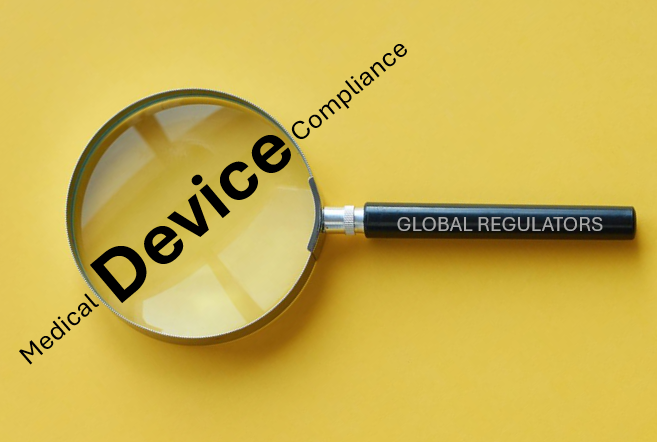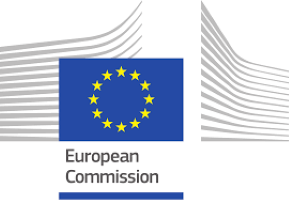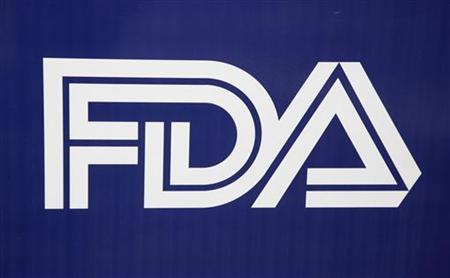

In the light of new research, Peter Muller and Mike Baird of Schlafender Hase assess how well Class 2 and 3 device manufacturers in Europe and the US are adapting to a rise in regulatory controls.

In the light of new research, Peter Muller and Mike Baird of Schlafender Hase assess how well Class 2 and 3 device manufacturers in Europe and the US are adapting to a rise in regulatory controls.

Q2/24 Life Science and Health Care Law Updates by Hogan Lovells including key trends in the EU and Big Five (France, Germany, Italy, Spain, UK) regulatory, corporate, compliance, competition, and privacy.

As medical technology products and services move through the development pipeline, they face the challenge of both showing safety and efficacy for regulatory approval and articulating the value of the diagnostic, treatment or monitoring technology to obtain reimbursement from payers. A 2024 MedExec Women Conference panel highlighted strategies to bridge the evidence needs for regulatory approval and reimbursement to more efficiently bring products to market.

Law firm, Hogan Lovells, analyzes the changes to the updated enforcement policy and provide key takeaways for entities responsible for communication regarding approved/cleared medical products.

Law firm, Hogan Lovells, analyses the implications of the AI Act for the Medtech sector and highlight a number of key challenges for medical device manufacturers and their partners in aligning conformity routes for their products under the AI Act.

The future of healthcare lies in the successful integration of workflow automation and advanced technologies. As the buzz-word salad of AI, such as NLP, LLMs, Gen AI, RPA, etc continue to evolve, their potential to revolutionize healthcare workflows will only increase.

Cevian Capital increased its position in Smith & Nephew to a 5% stake in the British medical equipment maker, making it Smith & Nephew’s second largest shareholder according to reports by Reuters.

An analysis from the Life Sciences legal team at Hogan Lovells.

Payers demand robust evidence that molecular diagnostics and AI/ML technologies demonstrate clear ability to improve overall patient health or healthcare economics even if the technologies themselves don’t directly deliver the final outcome. This disconnect between a technology’s function and the desired long-term impact creates a hurdle for [innovators] to overcome when convincing payers of their value proposition.

Due to a shortage of radiologists and other imaging specialists, AI-enabled technologies are of significant interest—and hold particular promise—in medical imaging. In this article, Penny Pinnock of Siemens Financial Services (SFS), discusses the routes to investment available for healthcare organizations looking to acquire efficiency boosting technology while protecting their financial health.